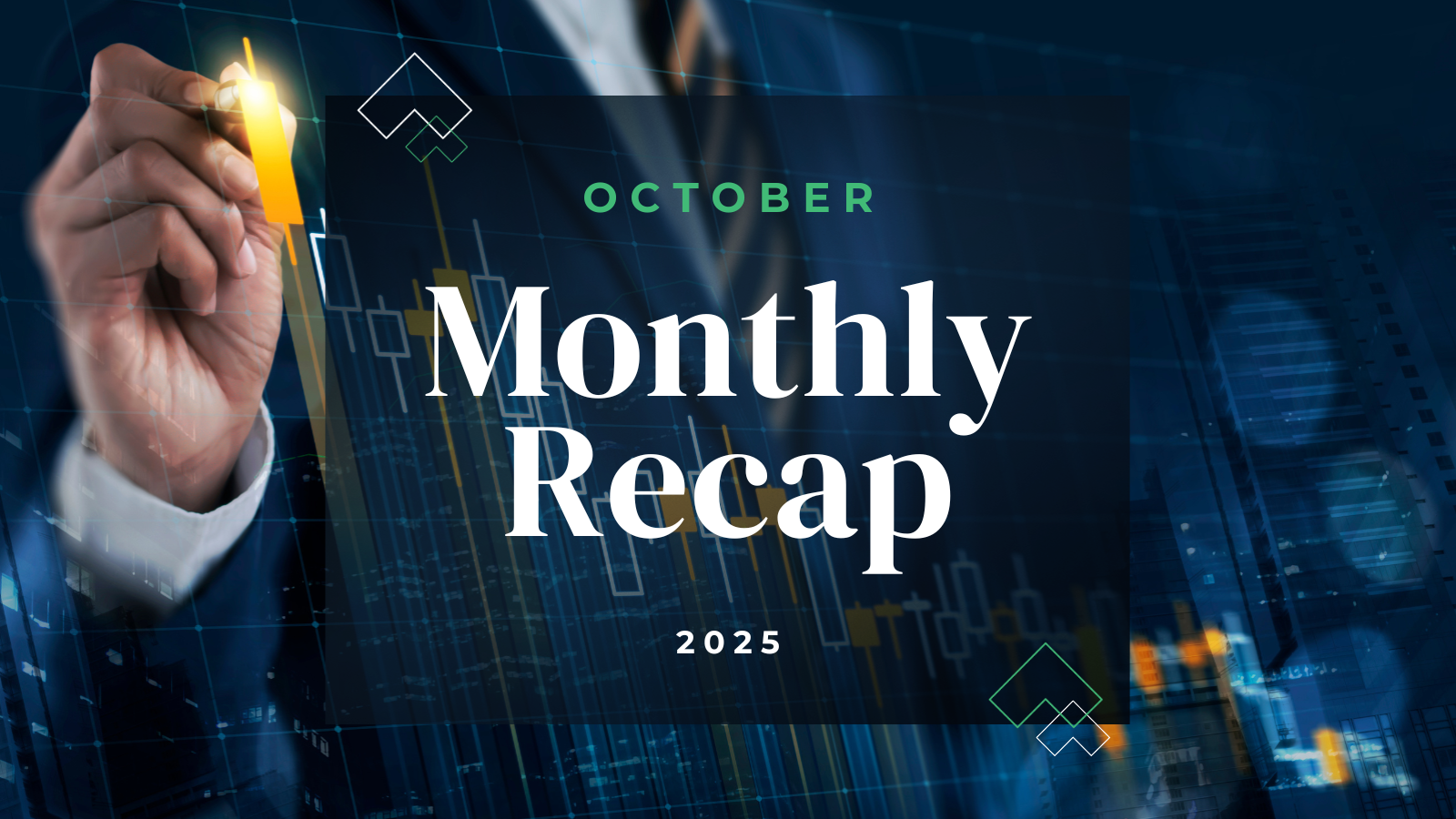By Michael Torney, J.D., CFP®, LL.M., CEPA
After a business owner has completed an enterprise value assessment, it’s time for action. One of the first steps to increasing value is to protect what you have already built by mitigating risks in the business. The most common risks are known as the five Ds: death, disability, divorce, distress, and disagreement. You may not be affected by one of these. But any potential buyer will likely focus on these areas to see if they are buying an asset with risk. More likely, you will encounter one of these threats yourself while owning the business.
There are a few tools that can help in this area. The first is a business continuity plan. What happens if something happens to one of the owners? What about if your largest client leaves? What happens if one of the owners gets divorced? What is the plan if the company faces a significant lawsuit? Do you know how you will deal with a top sales rep leaving? Are you prepared for the disability or death of someone significant in the business?
Once you have some risks and solutions identified, you can prioritize which risks are in your control and which are not. Focus on the risks in your control. Then, focus on the risks with the highest likelihood of materializing and that have a large impact on the business.
There are also personal risks identified in the enterprise value assessment that will be completed. Shoring up an owner’s estate plan (or creating one!), analyzing the life and disability insurance program, property and casualty insurance analysis, and asset protection strategies all should be discussed as part of the protect phase.
One of the items that will come up in this phase is ensuring that a business can run without its owner. Achieving this milestone both protects short-term value and enhances long-term value. This involves putting together written procedures, detailed financial statements, and a customer base the is not dependent on the owner’s presence. This part takes work but the reward is often very high for an owner: increased business value & decreased responsibility in certain areas of the business.
Finally, identify if the owner is in the growth stage or maintenance stage of the business. Either stage has risks, but there is potentially more risk with growth. An owner must ask themselves, “How much am I willing to risk to grow”?
© 2024 Advisory services offered by Moneta Group Investment Advisors, LLC, (“MGIA”) an investment adviser registered with the Securities and Exchange Commission (“SEC”). MGIA is a wholly owned subsidiary of Moneta Group, LLC. Registration as an investment adviser does not imply a certain level of skill or training. The information contained herein is for informational purposes only, is not intended to be comprehensive or exclusive, and is based on materials deemed reliable, but the accuracy of which has not been verified.
Trademarks and copyrights of materials referenced herein are the property of their respective owners. Index returns reflect total return, assuming reinvestment of dividends and interest. The returns do not reflect the effect of taxes and/or fees that an investor would incur. Examples contained herein are for illustrative purposes only based on generic assumptions. Given the dynamic nature of the subject matter and the environment in which this communication was written, the information contained herein is subject to change. This is not an offer to sell or buy securities, nor does it represent any specific recommendation. You should consult with an appropriately credentialed professional before making any financial, investment, tax or legal decision. An index is an unmanaged portfolio of specified securities and does not reflect any initial or ongoing expenses nor can it be invested in directly. Past performance is not indicative of future returns. All investments are subject to a risk of loss. Diversification and strategic asset allocation do not assure profit or protect against loss in declining markets. These materials do not take into consideration your personal circumstances, financial or otherwise.



